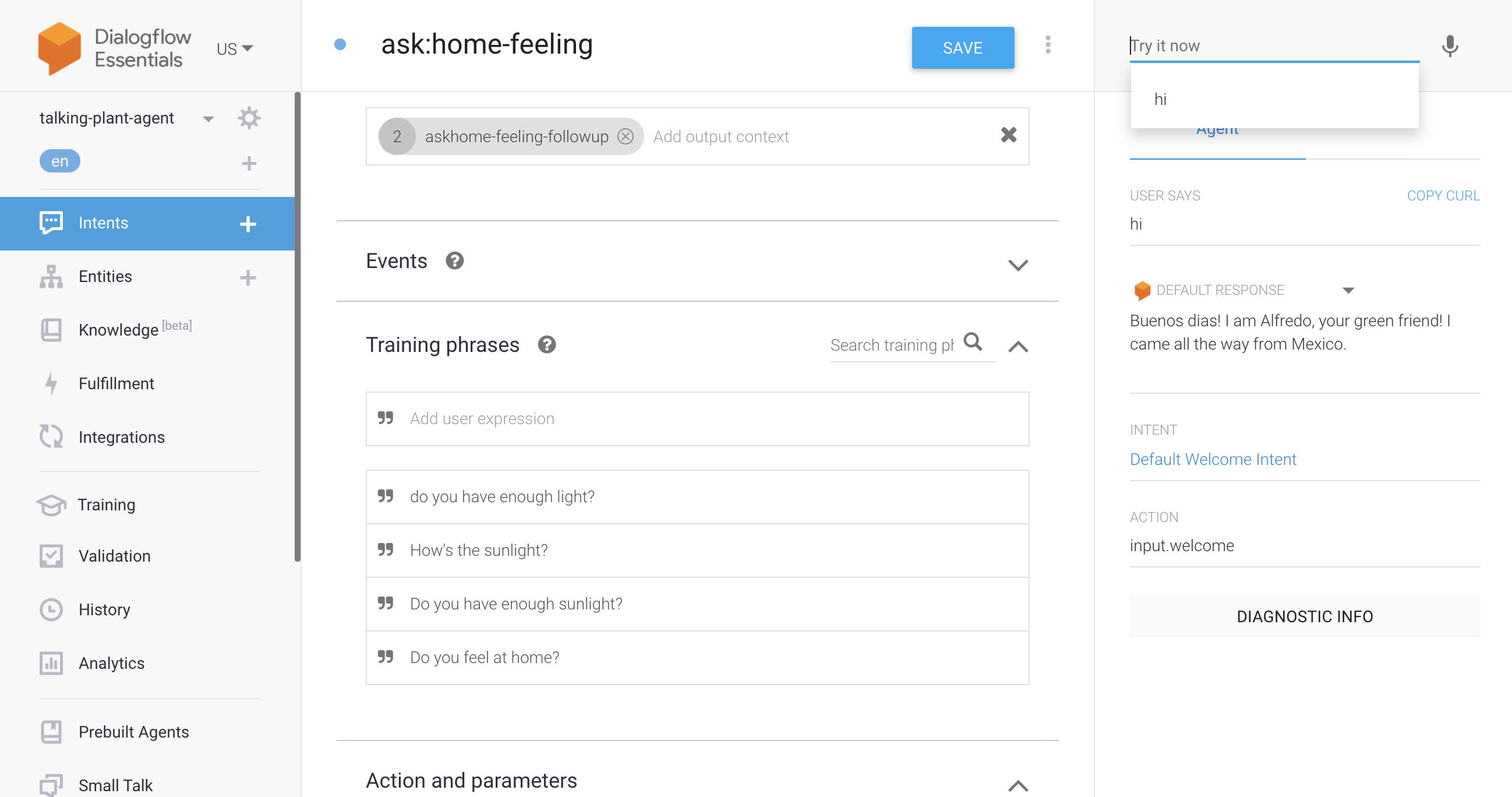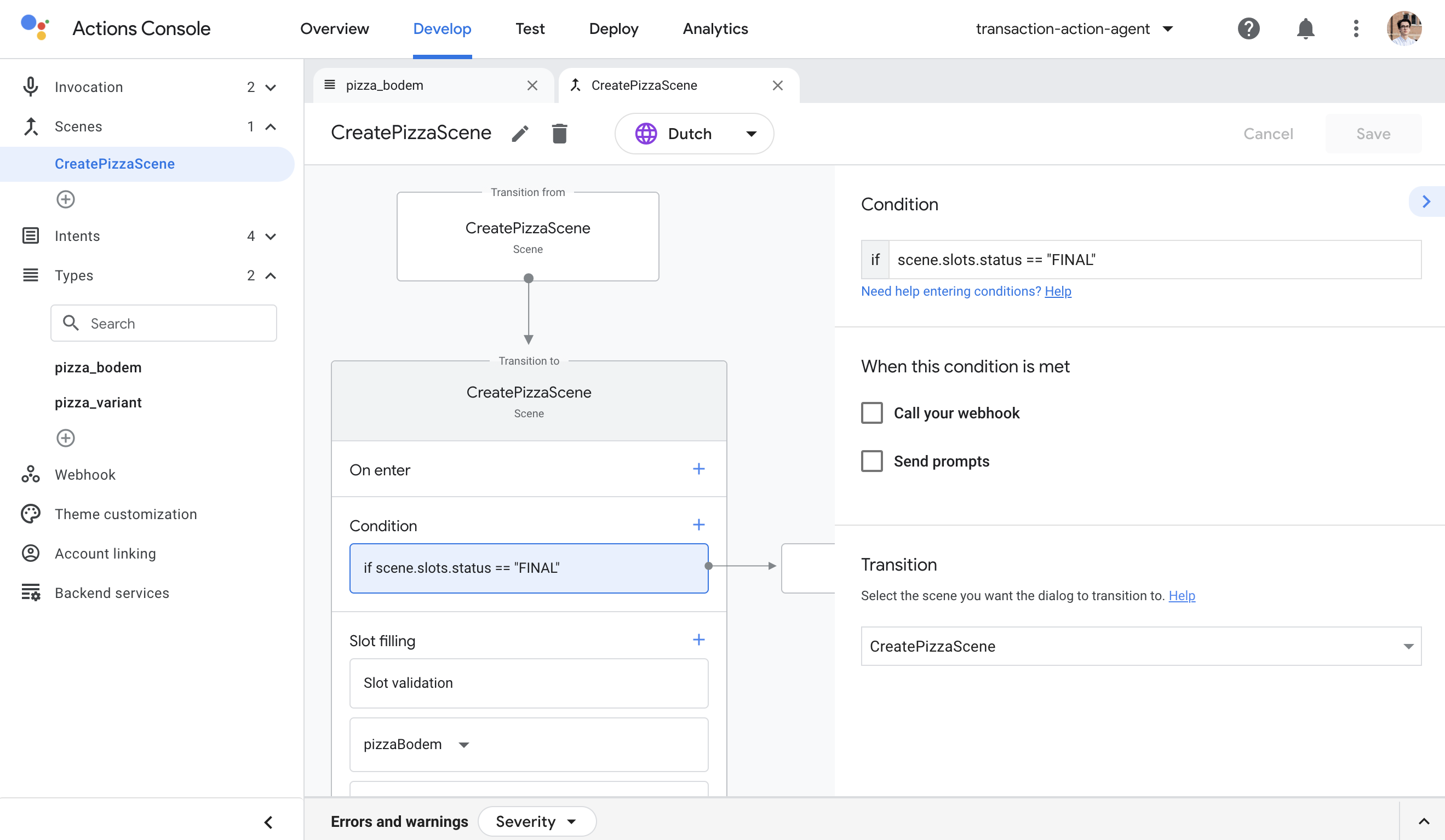Dialogflow vs Actions Builder, which one should I choose?
Youyi Laan
October 5, 2020
I have been using Dialogflow as my main conversational interface builder for the past couple of years. Recently, Google has launched a new conversational interface builder called Actions Builder. In this blog I will explain what conversational builder to choose if you want to build amazing conversational applications, just like us!
First, let’s start with a little bit of context; I have been creating conversational applications since the beginning of time, so somewhere around 2017. Since then, I have been using Dialogflow exclusively to create conversational interactions. Not that I haven’t tried other conversational builders. Throughout the years I have used other open-source conversational tools, but none have convinced me to change platform.
Having said that, Google Actions Builder has for the first time made me think of changing tools. Google grabbed the Dialogflow mold and added great features that can compete with Dialogflow when creating conversational interfaces. Let’s see how Dialogflow differs from Google Actions Builder, and if it can replace Dialogflow.
Dialogflow

As mentioned before, I have been using Dialogflow exclusively for the last couple of years to create conversational interfaces. That makes me somewhat of an expert on what it can do pushes glasses up. Here are a few reasons on why you should choose for Dialogflow:
- It is a mature platform for creating conversational interfaces. Meaning, most of the things you want to do with conversational, can be done with Dialogflow.
- There are a lot of integrations that are “ready to go” for Dialogflow, like Twitter, Facebook Messenger, Telegram, etc.
- Dialogflow has an extensive and well documented SDK that helps offload the logic of the conversation from the dashboard to code in the form of webhooks. More on this later on.
- Pre-built agent templates that help you get started with your new Dialogflow agent.
But nonetheless, there are a few things that bother me. For example:
- There is no clear overview or preview of how the dialogue flows 😉. A way to fix this is to offload the logic of the conversation to the webhook and document the flow in code. Not the cleanest or nicest way to handle this, but it works.
- No clear telegraphing of error and warning messages. Especially, if Dialogflow is combined with the Actions on Google SDK.
- To test your agent on Google Assistant, you have to use the Google Actions console.
- Following the context from one intent to another can easily get confusing. This can be partially fixed by offloading the conversation logic to the webhooks. But it is still a headache to check the context of every intent.
Google Actions Builder

Google has released Actions Builder in June 2020. Actions Builder is made to be, from what I can tell, a replacement for Dialogflow. I’m going to keep it short and sweet by telling you that it is a good experience to design and create conversational interfaces in Actions Builder, because it fixes a lot of the aforementioned gripes that I have with Dialogflow. The following things are instantly noticeable:
- There is ample overview of the conversational flow. And also… TABS!
- The replacement for context is scenes. Scenes contain logic and structure for specific goals in a conversation, like slot-filling. This is great because you don’t have to think about how context changes throughout the conversation. Also, scenes are logical building blocks of your conversation flow and can be reused, which is very epic swag cool dab.
- Errors and warnings are properly telegraphed and are placed at the bottom of the screen, so users won’t search hopelessly on what they did wrong.
- Conversational design best practices are applied automatically for handling errors gracefully.
Wow! That’s a lot of great improvements. But, there are also some things that are not that great:
- If you are looking to deploy agents made in Actions Builder to third-party channels, then I have to disappoint you. Conversational agents made in Actions Builder can only be deployed on Google Assistant.
- In my experience it still is a bit buggy.
- Fulfillment options are a bit lackluster. Not a lot of options and not that well documented. Including the SDK.
Conclusion
So… which one am I going to recommend? drum roll please I think it is still too early to tell if people should use Google Actions Builder for their new conversational interfaces. There are some noticeable improvements compared to Dialogflow, that’s for sure. But, it is closed off to other third-party channels, which means it is not that flexible compared to Dialogflow. Another reason is that it is still very fresh, so it is still not that well documented. This is the biggest mood killer for most, I think.
TL;DR
To sum up, or if you scrolled down and didn’t want to read the whole blog, here are my final points regarding the question:
- If you only create conversational interactions on Google Assistant and don’t have to use a lot of rich responses, by all means use Actions Builder. It’s nice and solves a lot of issues I have with Dialogflow.
- If you want to create conversational interactions and deploy it to multiple third-party channels that are also dependent on a lot of rich responses, then you should use Dialogflow. It is still the more grounded and mature platform for creating conversational interfaces.